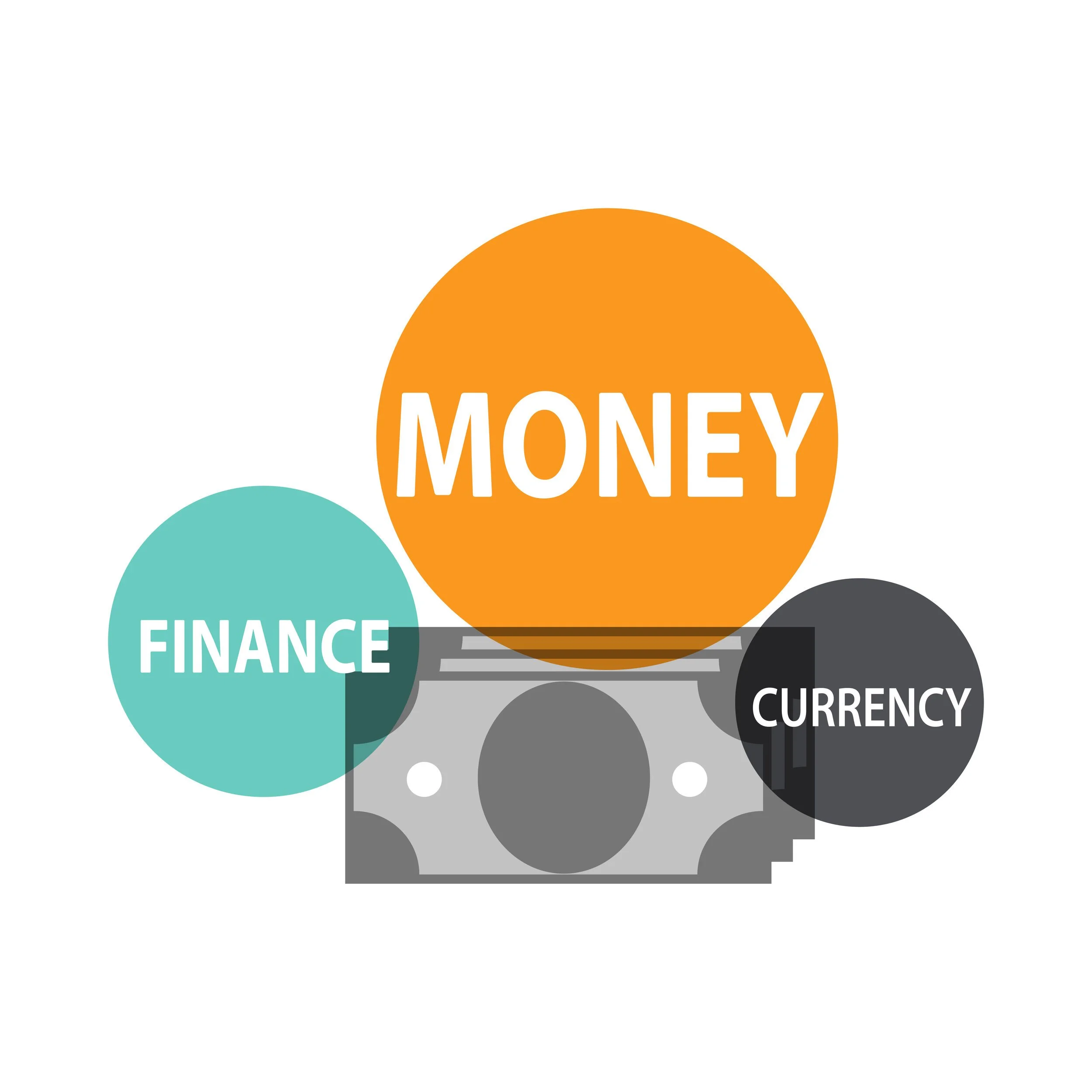Seven Reasons People Stay in Debt by Kelly Fowler
Financial debt is any amount of money borrowed or owed. In a debt arrangement, the borrower is obligated to repay the sum borrowed at a later date, usually at a cost, which is called the interest. Individuals enter into debt for a variety of reasons. However, few repay their debts in a timely manner. As of September 2020, The Bahamas had $2.1 billion in consumer debt outstanding and $123 million of that debt is listed as past due. Why do some people neglect paying off debt? The reasons range from lack of cash flow and know-how, to societal pressure and lack of self-control. This article will explore seven reasons why people stay in debt.
1. Not having a plan.
It is true that if you fail to plan, you plan to fail. Your plans to get out of debt should include your chosen method of debt elimination and your monthly budget. The two should be in sync. There are many debt elimination methods. One of the more popular ones is the debt snowball method. This is where you list your debts from smallest to largest and pay minimum payments on all debts except the smallest. On the smallest debt, you pay as much as possible until it is eliminated. You then move on to the next debt and make larger payments on it by adding the amount that was used to pay off the previous debt. You would continue this until all debts are paid off.
2. The belief that they do not make enough.
In many cases, it is not how much you make that matters, but what you do with what you make. In other words, it is how much you keep and grow of what you make. Personal finance is 80% behavior and only 20% know-how. If you do not use a budget and track your spending it is easy to feel like you never have enough because you are not clear on where it is all going. Once you are tracking your spending, you are better able to direct it to where it needs to go and away from where it does not need to go. Where limited cashflow truly is the issue, income can be created by exploring opportunities for additional streams of income or higher paying employment.
3. Wanting to keep up appearances.
Many people enter into debt and remain in debt to finance a lifestyle they cannot truly afford because they want to appear as if they have it all together. These people take on debt to obtain certain markers of success as set and perceived by others. This is otherwise known as “keeping up with the Joneses.” What these people fail to realize is that success looks different for every individual. Your goals and markers of success should be just that; yours. Not anyone else’s. Comparison is the thief of joy and a dangerous game to play. It has led many people to bankruptcy and holds many people back from reaching their true potential and achieving their dreams by keeping them trapped in debt.
4. Not understanding money tendencies.
Some people are natural savers, while some are natural spenders. Some individuals view and use money as safety, while others use money to climb a social ladder and acquire status symbols. These are only a few examples of money tendencies, of which there are at least seven. Our natural inclinations related to money form early in childhood based on information, or the lack thereof, received from our environment. They form our money habits. Out of control spending (or saving) is driven by certain money tendencies that should be identified. You can identify your money tendencies by critically looking at where and how you spend your money. Understanding your money tendencies will shed light on why you spend and save the way you do. Doing so will allow you to address the mindset and beliefs behind the behaviors and make lasting changes.
5. Lack of discipline.
Discipline is the precursor to progress. Many people stay in debt simply because paying it off requires denying themselves other things they may want. This is where discipline is required. Debt elimination often requires that sacrifices be made, and those sacrifices may not be easy or comfortable. This is why it is important to remember that the present sacrifices are only temporary and that they lead to greater gain in the future.
6. Hopelessness.
The COVID-19 pandemic has led many people to lose hope on achieving debt-freedom. Many who did not have emergency funds were driven further into debt to support themselves after a loss of income. In life, curveballs will come, and it is easy to become discouraged. Many give up all together. If this is you, you are not alone. Remember that achieving financial freedom is a journey. There are twists and turns, ups and downs, but there is an end. The journey requires perseverance. Many people have successfully achieved debt-freedom by making a plan and persevering, and so can you.
7. The belief that debt is a normal part of adult life.
This is false. Many people finance their lifestyles using debt, but you do not have to be one of them. Believing debt to be normal and necessary is spurred by a toxic money culture. This is the reason many people do not prioritize repaying debts. They accept that they will always have them. This should not be the norm. What is normal should be living within your means and growing wealth responsibly.
There are many reasons why people remain in debt. The above listed are just a few. If you would like assistance with a plan to eliminate your debts, feel free to schedule an appointment at drewbersolutions.com. Our financial coaches want you to not merely survive, but to thrive. We are happy to speak with you, evaluate your financial situation, and help make your present align with your future goals.


